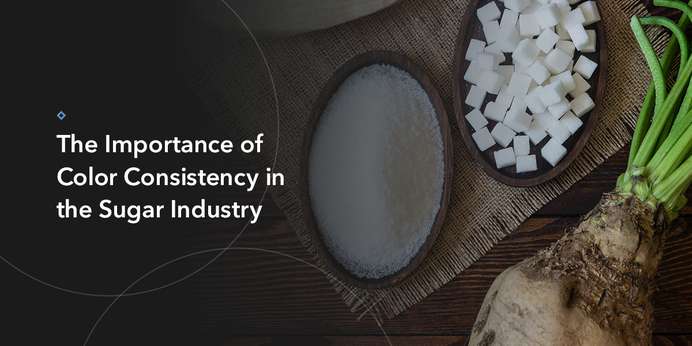
Color is one of the most vital indicators of quality and freshness for many products in the food industry, including sugar. Consumers depend on color and appearance before using sugar because these are the few product properties visible to the human eye. While consumers rely on sugar color for acceptability, food processors depend on it to meet processing and quality control standards during refinement.
What Is Color Consistency?
Color consistency involves measuring the differences in chromaticity between two colors. In food processing, this procedure can include comparing a product's color to a chart or another color standard. Chromaticity is critical because it indicates a product's actual color without considering brightness or the effect light has on the product's surface.
Why Color Consistency Is Important in the Sugar Industry
Processing companies make sugar by extracting juice from sugar cane or sugar beet plants. These companies can produce various sugar colors and grades by adjusting the molasses and using variations in drying, cleaning and crystallizing. The amount of molasses in the crystals is the primary determining factor of sugar color, influencing the product's appearance and taste perception.
The more processing sugar undergoes, the more it loses color. Companies must carefully monitor color throughout the refining process to maintain consistent levels of flavor while meeting required industry standards.


